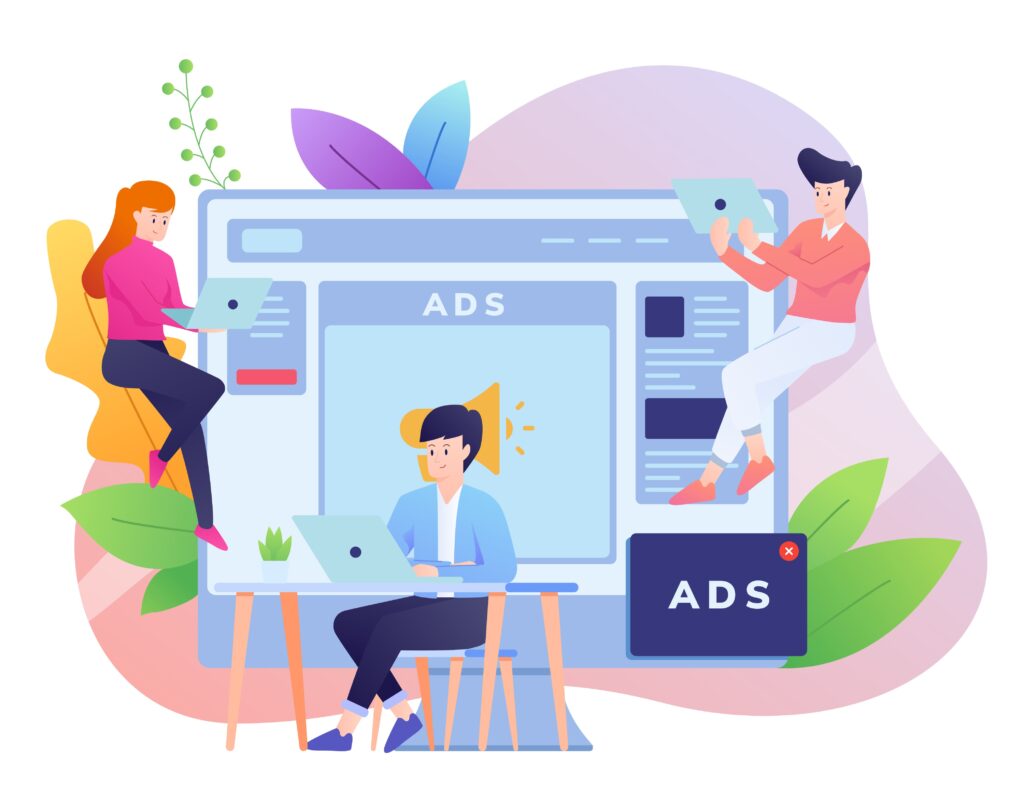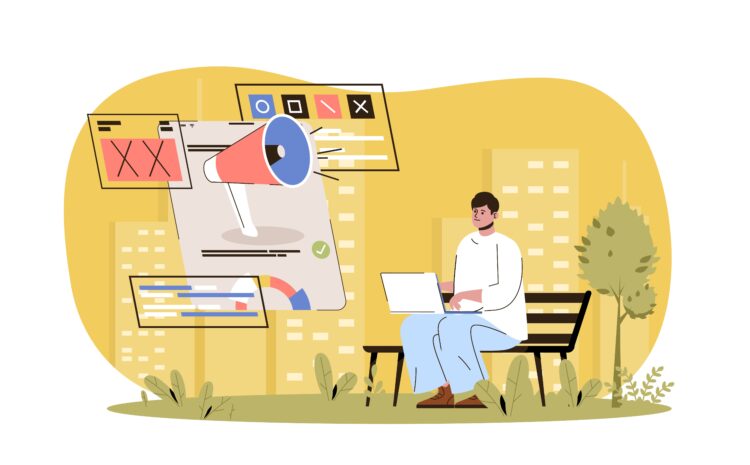How Much Do Instagram Ads Cost ?
How Much Do Instagram Ads Cost ?
In the dynamic world of digital marketing, Instagram has emerged as a powerhouse platform for businesses to showcase their products and services. With over a billion active users, it provides a vast audience for advertisers to reach potential customers. One of the key questions that businesses often ask is, “How Much Do Instagram Ads Cost ?” In this article, we’ll delve into the factors that influence the cost of Instagram ads and provide insights on how businesses can optimize their ad spend.
Factors that influence the cost of Instagram ads
1- Ad Types on Instagram
Instagram offers various ad formats to cater to different business objectives. The cost of each type of ad can vary based on factors such as placement, targeting options, and creative elements. The main ad formats include:
- Photo Ads: Single-image ads to tell a visual story.
- Video Ads: Engaging videos to capture the audience’s attention.
- Carousel Ads: Multiple images or videos in a single ad, allowing for a swipeable gallery.
- Stories Ads: Full-screen ads that appear between users’ stories.
- Explore Ads: Ads shown to users as they browse the Explore feed.
Understanding the nuances of each ad type is crucial to determining which format aligns best with your marketing goals.
2- Auction System
Instagram uses an auction system to determine the cost of ads. Advertisers bid on their chosen objective, such as impressions (CPM), clicks (CPC), or conversions (CPA). The auction considers the bid, the ad’s relevance and engagement history, and the estimated action rate. The highest bidder doesn’t always win; Instagram aims to provide value to users by prioritizing relevant and high-quality content.
3- Targeting Options
The level of targeting you choose for your Instagram ads influences the cost. Specific targeting criteria, such as demographics, interests, behaviors, and location, allow you to reach a more tailored audience. However, the more refined your targeting, the higher the potential cost.
4- Ad Placement
Instagram offers various ad placements, including Feed, Stories, Explore, and the Audience Network. The placement you choose affects the visibility and cost of your ads. In general, Feed ads tend to have different pricing than Stories or Explore ads, so understanding the behavior of your target audience is essential for effective ad placement.
5- Ad Scheduling
Timing can impact the cost of Instagram ads. Advertisers can schedule their ads to run during specific hours or days when their target audience is most active. By strategically timing your campaigns, you can optimize your ad spend and increase the likelihood of reaching potential customers.
The cost of Instagram ads is a multifaceted aspect that depends on various factors such as ad type, bidding strategy, targeting options, ad placement, and scheduling. To make the most of your advertising budget, it’s crucial to analyze your target audience, set clear objectives, and continually optimize your campaigns based on performance data. By understanding the intricacies of Instagram’s advertising platform, businesses can achieve a balance between cost-effectiveness and reaching a relevant audience in the ever-evolving landscape of social media marketing.

Instagram Ads compared to Facebook Ads
Instagram and Facebook are two closely connected platforms, both owned by Meta . When it comes to advertising, businesses often find themselves deciding between Instagram ads and Facebook ads. While both platforms offer powerful advertising solutions, there are distinct differences that can impact an advertiser’s choice. Let’s explore the key aspects of Instagram ads compared to Facebook ads:
1. Audience and Demographics:
- Instagram: Known for its visually-centric nature, Instagram attracts a younger audience, with a significant user base aged between 18 and 34. It’s particularly popular among users who engage with visual content and seek inspiration through images and videos.
- Facebook: As a more diverse platform with a broad user base, Facebook attracts users of various age groups. It tends to have a slightly older user demographic, making it suitable for businesses targeting a wide range of age brackets.
2. Ad Formats:
- Instagram: Instagram’s emphasis on visual content is reflected in its diverse ad formats, including photo ads, video ads, carousel ads, stories ads, and explore ads. These formats cater to different types of businesses and marketing objectives, offering a versatile range of creative options.
- Facebook: Facebook supports a variety of ad formats as well, such as photo ads, video ads, carousel ads, slideshow ads, and more. The platform’s flexibility allows advertisers to choose the format that aligns best with their campaign goals.
3. User Engagement:
- Instagram: The visual nature of Instagram encourages high engagement levels. Users often spend more time interacting with content, making it an ideal platform for businesses that can leverage compelling visuals to capture attention.
- Facebook: While Facebook also sees substantial user engagement, the nature of engagement might differ. Users on Facebook may spend more time reading and interacting with text-based content, making it suitable for businesses with a strong emphasis on informative or narrative-driven ads.
4. Placement:
- Instagram: Ads on Instagram can be placed in the main feed, stories, explore feed, and more. The platform’s visual appeal extends to its various placements, providing advertisers with options to reach users in different contexts.
- Facebook: Facebook offers diverse ad placements, including the main feed, right column, instant articles, and in-stream videos. Advertisers can choose placements based on their campaign goals and target audience preferences.
5. Ad Costs:
- Instagram: Costs for Instagram ads can vary, influenced by factors such as ad type, targeting options, and competition. In some cases, Instagram ads may be slightly more expensive than Facebook ads due to the platform’s visual appeal and engaged user base.
- Facebook: Facebook ads also operate on an auction system, and costs depend on factors like bidding strategy, targeting, and ad relevance. Generally, Facebook ads may have a broader reach, potentially resulting in lower costs per impression or click.
6. Cross-Promotion:
- Instagram: Advertisers can easily cross-promote their content between Instagram and Facebook, leveraging the interconnected nature of the two platforms. This enables businesses to maintain a consistent brand presence across both platforms.
- Facebook: The seamless integration with Instagram allows businesses to create and manage ads across both platforms from a single ad manager, simplifying the advertising process.
7. Goals and Objectives:
- Instagram: Ideal for businesses with visually appealing products or services, and those aiming to connect with a younger, trend-focused audience. It’s particularly effective for brand awareness and engagement campaigns.
- Facebook: Suited for businesses with a diverse target audience and those looking to leverage a mix of content types. Facebook is versatile for various campaign objectives, including lead generation, website traffic, and conversions.
In summary, choosing between Instagram and Facebook ads depends on your business objectives, target audience, and the nature of your products or services. Some businesses find success by utilizing both platforms strategically to maximize their reach and engagement across different audience segments. Understanding the unique strengths of each platform will enable advertisers to craft effective campaigns that resonate with their specific goals.
Q: How can I control the budget for my Instagram ads?
A: Yes, advertisers have control over their Instagram ad budget. You can set a daily or lifetime budget, allowing you to manage and allocate your ad spend based on your campaign goals. Additionally, you can monitor performance metrics and adjust your budget to optimize your advertising strategy over time.
Q: Are Instagram ads cost-effective for small businesses with limited budgets?
A: Yes, Instagram ads can be cost-effective for small businesses. By carefully choosing ad objectives, refining target audiences, and creating engaging content, small businesses can maximize the impact of their ad spend. Monitoring performance metrics and adjusting strategies can further enhance cost-effectiveness over time.
Q: How much do Instagram ads cost, and what factors influence their pricing?
A: The cost of Instagram ads is influenced by various factors, including ad type, bidding strategy (CPM, CPC, CPA), targeting options, ad placement, and the quality of your ad creative. Instagram’s auction system considers these factors to determine the cost, prioritizing relevance and engagement history.


